The Government Office has just issued a press release on the direction and administration of the Government and the Prime Minister on January 2, 2025 (2).
0:00 01/02/2025 19:45
Amending and supplementing a number of articles of Decree No. 146/2018/ND-CP dated October 17, 2018 detailing and guiding measures for implementing the Law on Health Insurance, which has been amended and supplemented by a number of articles in Decree No. 75/2023/ND-CP dated October 19, 2023
The Government has just issued Decree No. 02/2025/ND-CP dated January 1, 2025 amending and supplementing a number of articles of Decree No. 146/2018/ND-CP dated October 17, 2018 detailing and guiding measures to implement the Law on Health Insurance, which has been amended and supplemented by a number of articles in Decree No. 75/2023/ND-CP dated October 19, 2023.
Decree No. 02/2025/ND-CP amends and supplements the provisions on health insurance benefits for the cases specified in Article 22 of the Law on Health Insurance. Specifically: 1. The subjects specified in Clauses 3, 4, 5, 8, 9, 11, 17 and 20, Article 3 of this Decree are entitled to 100% of the cost of medical examination and treatment as prescribed in Point a, Clause 1, Article 22 of the Law on Health Insurance.
2. Subjects entitled to 100% of medical examination and treatment costs as prescribed in Point a, Clause 1, Article 22 of the Law on Health Insurance and not subject to the payment rate as prescribed in Point c, Clause 2, Article 21 of the Law on Health Insurance, include:
a) Revolutionary activists before January 1, 1945;
b) Revolutionary activists from January 1, 1945 to the August 1945 uprising;
c) Vietnamese heroic mother;
d) War invalids, people enjoying policies like war invalids, war invalids of type B, and sick soldiers with a working capacity reduction of 81% or more;
d) War invalids, people enjoying policies like war invalids, war invalids of type B, sick soldiers when treating wounds or recurring illnesses;
e) Resistance fighters infected with toxic chemicals with a labor capacity reduction rate of 81% or more;
g) Children under 6 years old.
3. 100% of medical examination and treatment costs in cases where the cost for one medical examination and treatment is lower than 15% of the basic salary.
4. 95% of medical examination and treatment costs for subjects specified in Clause 1, Article 2, Clauses 12, 18 and 19, Article 3 and Clauses 1, 2 and 5, Article 4 of this Decree.
5. Implementation roadmap and benefit rates for outpatient medical examination and treatment at basic medical examination and treatment facilities as prescribed in Point e and Point h, Clause 4, Article 22 of the Law on Health Insurance are as follows:
a) From January 1, 2025, when examining and treating outpatients at a basic medical examination and treatment facility with a score below 50 points or temporarily classified as basic, health insurance participants will have 100% of the benefit level paid by the health insurance fund;
b) From July 1, 2026, when examining and treating outpatients at basic medical examination and treatment facilities and achieving a score from 50 points to less than 70 points, health insurance participants will be paid 50% of the benefit level by the health insurance fund;
c) From July 1, 2026, when examining and treating outpatients at a basic medical examination and treatment facility that before January 1, 2025 was determined by a competent authority to be a provincial or central level or equivalent to a provincial or central level, health insurance participants will have the health insurance fund pay 50% of the benefit level;
d) From July 1, 2026, when examining and treating outpatients at specialized medical examination and treatment facilities that before January 1, 2025 were determined by competent authorities to be provincial level or equivalent to provincial level according to regulations in Point h, Clause 4, Article 22 of the Law on Health Insurance, health insurance participants will be paid 50% of the benefit level by the health insurance fund.
6. The case specified in Point a, Clause 5 of this Article shall be calculated to determine the amount of co-payment for medical examination and treatment costs in the year specified in Point d, Clause 1, Article 22 of the Law on Health Insurance.
7. In case the health insurance participant goes for medical examination and treatment upon request:
a) People with health insurance cards who go for medical examination and treatment upon request will have the health insurance fund pay part of the medical examination and treatment costs within the scope of benefits (if any) as prescribed in Article 22 of the Law on Health Insurance. The difference between the price of medical examination and treatment services upon request and the payment level of the health insurance fund shall be paid by the patient to the medical examination and treatment facility;
b) Medical examination and treatment facilities are responsible for ensuring human resources, professional conditions, medical equipment, and the ability to provide medical examination and treatment services in accordance with the health insurance medical examination and treatment contract signed with the social insurance agency and publicly disclosing expenses that patients must pay outside the scope of benefits and health insurance benefits, the difference in costs, and must notify patients in advance.
8. In case a health insurance participant changes the group of subjects specified in Article 12 of the Law on Health Insurance according to decisions of competent state agencies, leading to a change in the level of health insurance benefits and having to change the health insurance card and information on the health insurance card, the new level of health insurance benefits will be calculated from the time the health insurance card and information on the health insurance card are newly issued to the health insurance participant and are valid for use.
Decree No. 02/2025/ND-CP takes effect from January 1, 2025.

Approval of the Project on building and managing the National Information System and Database on Planning
Deputy Prime Minister Nguyen Hoa Binh signed Decision No. 06/QD-TTg dated January 2, 2025 approving the Project on building and managing the National Planning Information System and Database.
The project is implemented nationwide, applied in the field of state management of planning in ministries, branches and localities. Data is collected, synthesized, processed and updated in the National Database System on planning, including the database of planning records and diagrams, national planning maps, regional planning, provincial planning, planning of special administrative-economic units (if any), urban planning, rural planning, district-level land use planning, district-level construction planning and other technical and specialized planning according to the provisions of the law on planning and other relevant specialized laws.
Promoting the provision of online public services for administrative procedures in the field of planning
The objective of the Project is to form a national database system on planning, connecting, interoperating, integrating, and sharing data information with information systems and databases related to planning of ministries, branches, and localities in the electronic environment to meet the requirements of state management on planning, serving the direction and management of socio-economic development of Government leaders, leaders of ministries, branches, and localities, helping to simplify and promote the provision of online public services for administrative procedures in the field of planning, ensuring convenience for agencies, organizations, and individuals in exploiting and using planning information.
The project aims that by 2030, 100% of the database of district-level land use planning records and district-level construction planning records will be collected and built on a technology platform applying geographic information systems (GIS) to update the National Database System on planning and be provided and shared with organizations and individuals according to regulations.
Complete 100% investment in software and applications that allow state agencies, organizations, businesses, and people to connect to the National Database System on planning to provide planning information services on demand.
The tasks of the Project are: Perfecting institutions, promulgating regulations and guiding technical requirements for building and implementing the National Database System on planning; building information technology infrastructure to ensure the implementation of the National Database System on planning; building a national database on planning; managing, operating, exploiting and sharing the national database on planning; training and coaching professional skills.
The national database on planning is updated and maintained regularly, ensuring its latestness and reliability.
In particular, the Project to deploy the construction of information technology infrastructure at the Ministry of Planning and Investment to manage, operate, exploit and share the national database on planning to meet the minimum information system security level 3; at the same time, build a backup technical infrastructure to serve the deployment of the national database on planning to operate in parallel, ensure data backup capacity and the ability to recover after disasters.
The national database on planning includes a set of planning information and data arranged and organized for access, provision, sharing, management, exploitation and updating through electronic means, including:
- The database of national planning records, regional planning records, and provincial planning records has been approved and stored according to the provisions of Article 44 of the Law on Planning.
- Database of technical and specialized planning records as prescribed in the Law on Planning, planning of special administrative-economic units, urban and rural planning.
- National geographic database is standardized and updated regularly.
- Other information and data related to planning.
The national database on planning is updated and maintained regularly, ensuring the latest and reliable information on planning.
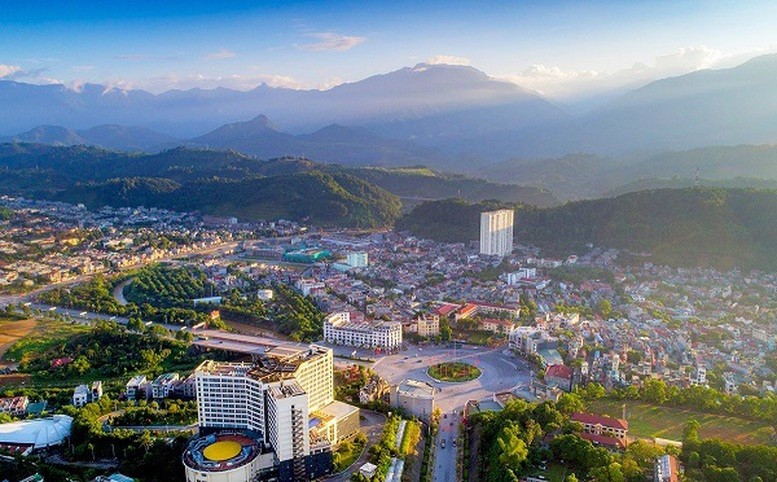
Conclusion of Prime Minister Pham Minh Chinh at the working session with the Standing Committee of Lao Cai Provincial Party Committee
The Government Office has just issued Notice No. 03/TB-VPCP dated January 2, 2025, concluding the Prime Minister Pham Minh Chinh's meeting with the Standing Committee of Lao Cai Provincial Party Committee.
The socio-economic situation of Lao Cai province continues to have many bright, positive spots.
The announcement stated: Lao Cai is a border province with a very important strategic position, rich resources with many distinct potentials, outstanding opportunities and competitive advantages, converging all the "unique" favorable conditions to develop into a growth pole of the Northern Midlands and Mountains region and the whole country, becoming a center connecting economic trade between Vietnam and ASEAN countries with the Southwest region - China. Despite many difficulties and challenges, the Party Committee, government and people of Lao Cai province have been united, highly determined, made great efforts, overcome difficulties, been proactive, creative, resolutely and effectively implemented the tasks and solutions set out and have achieved positive and comprehensive results in socio-economic development, ensuring national defense and security, especially in the fields of state budget collection, disbursement of public investment capital, border gate economic development, building a peaceful, cooperative and developing border, ensuring social security, improving people's lives...
In 2024, the socio-economic situation of Lao Cai province continues to have many bright and positive spots. GRDP economic growth is estimated at 7.38%, higher than in 2023 (5.11%); GRDP per capita is estimated at 97.5 million VND, an increase of 8.9 million VND compared to 2023. Economic scale is estimated at 78,000 billion VND, an increase of 11.8% compared to 2023. Total import and export value through border gates is estimated at 3.625 billion USD, an increase of 68% compared to 2023; total retail sales of goods and consumer service revenue increased by 9.65%; the number of tourists is estimated at 7.8 million, an increase of 8%; total credit capital is estimated at 70,800 billion VND, an increase of 10%. Agricultural, forestry and fishery production, although affected by storm No. 3, still basically completed the planned targets. In particular, Lao Cai is always in the group of provinces with a high rate of public investment disbursement in the country, estimated at 120.6% of the plan in 2024; state budget revenue is estimated at 12,800 billion VND for the whole year, exceeding 39.5% of the central budget estimate and increasing by 35.9% compared to 2023; work
Social housing construction has been actively implemented (of which 06 projects with a scale of 4,851 apartments have been and are being implemented, reaching 63% of the target assigned by the Government by 2030); the work of eliminating temporary houses, dilapidated houses, and houses affected by storm No. 3 has been drastically implemented (to date, about 5,397 houses have been completed, reaching 50% of the plan). National defense and security have been ensured; foreign affairs activities have been promoted. The work of building the Party and the political system has been focused on. The work of overcoming the consequences of storms and floods (after storm No. 3) has been drastically, seriously and effectively implemented.
However, besides the achieved results, Lao Cai province still has limitations, difficulties and challenges. The scale of the economy is still small; the quality of economic growth is not sustainable. Infrastructure, especially foreign transport infrastructure, infrastructure of border economic zones, industrial parks, industrial clusters, tourist areas, digital transformation infrastructure is not yet synchronous and modern...
Lao Cai needs to focus on promoting its potential and strengths.
Prime Minister Pham Minh Chinh clearly stated the guiding viewpoint for Lao Cai province as follows:
Thoroughly grasp and fully and effectively implement the Resolution of the 13th National Party Congress, Resolution No. 11-NQ/TW dated February 10, 2022 of the Politburo; resolutions, conclusions and directives of the Central Committee, the Politburo, the Secretariat; Resolution of the 10th Conference of the 13th Party Central Committee, Resolution of the 16th Provincial Party Congress... Correctly apply and implement the Party's guidelines and policies, the State's policies and laws and the direction and administration of the Government and the Prime Minister.
Stick to reality, start from reality, respect objective reality, take reality as a measure; especially in reviewing, building institutions, policies, decentralizing power, eliminating the "ask - give" mechanism. Focus on summarizing, evaluating lessons learned, promoting good models, effective methods to continue to replicate, creating high spreading power.
As a locality with special strengths and comparative advantages in terms of security, defense, tourism development, services, and international trade, Lao Cai needs to focus on strongly promoting its potentials, strengths, and spirit of self-reliance, self-reliance, and rising strongly with endogenous strength, without waiting or relying on others, contributing to building an independent and autonomous national economy.
Promote decentralization and delegation of power in the direction of "local decision, local action, local responsibility", individualize responsibility along with resource allocation and strengthen inspection, supervision, control of power, and control of output; have measures to effectively inspect and supervise the implementation of each level.
Building a system of administrative agencies with high solidarity, unity, integrity, democracy, action and efficiency; taking people and businesses as the center of service. Building a team of professional, clean, dedicated officials, serving the people.
Promoting border gate economy to become an economic breakthrough of Lao Cai province
The Prime Minister requested Lao Cai province to focus on promoting economic growth, striving for GRDP growth of over 10% from 2025. Focus on maintaining and renewing traditional growth drivers (investment, consumption, export); at the same time promote and create breakthroughs for new growth drivers (science and technology development, innovation; artificial intelligence; digital transformation; green transformation; developing circular economy, knowledge economy, sharing economy; effectively exploiting forest space; increasing investment attraction and new industries and fields...).
Along with that, it is necessary to promote the development of industries and fields, ensuring focus and key points. Reasonable adjustment of the development strategy of economic sectors; prioritizing resources for green development with the consistent goal of: "Preserving forests, preserving water, preserving the environment, preserving people, preserving borders". Promote the development and diversification of service and trade types with strengths such as tourism, transportation, logistics; at the same time, strengthen financial services, banking, information technology, etc.
Continue to promote border gate economy to become an economic breakthrough of Lao Cai province and the Northern Midlands and Mountains region. Lao Cai province and relevant ministries and agencies, according to their functions, tasks and authority, urgently organize and synchronously and effectively implement Decision No. 1620/QD-TTg dated December 20, 2024 of the Prime Minister promulgating the Plan to develop Lao Cai into a Center for connecting economic trade between Vietnam and ASEAN countries with the Southwest region - China.
Piloting the construction of a new model of Border Economic Cooperation Zone
The Prime Minister requested Lao Cai province to unblock, mobilize and effectively use all resources for development; improve the efficiency of attracting and using investment capital, especially FDI capital and public-private partnership. Urgently develop, submit to competent authorities for approval and implement the following projects: Piloting the construction of a new model of Border Economic Cooperation Zone; Building smart border gates at Lao Cai international border gates according to Decision No. 1620/QD-TTg dated December 20, 2024 of the Prime Minister.
Continue to do a good job in developing social housing, ensuring quality standards, environment, and utilities for people, including purchasing and hire-purchase policies, creating the most favorable conditions for people. At the same time, complete the goal of eliminating temporary and dilapidated houses in the area by June 2025 at the latest. Strive to reduce the poverty rate to the lowest level, as a basis for striving to have basically no poor households by 2030.
Focus on actively and resolutely implementing the arrangement of a streamlined apparatus for effective and efficient operations according to Resolution No. 18-NQ/TW. Promote decentralization and delegation of authority along with resource allocation, promote proactiveness, self-reliance and self-reliance at all levels; resolutely eliminate the "ask - give" mechanism.
Building unique, high-quality tourism products
At the same time, the province must synchronously and effectively implement tasks and solutions to develop human resources, especially high-quality human resources. Continue to improve the investment and business environment; improve the Provincial Competitiveness Index (PCI)... Focus on restoring and developing boarding schools for children of ethnic minorities and mountainous areas.
Preserve and promote traditional cultural values, characteristics of ethnic groups and people of Lao Cai. Effectively implement social security work, ensure social welfare, improve the material and spiritual life of the people. Effectively organize and implement national target programs, especially the socio-economic development program for ethnic minorities and mountainous areas.
Improve the quality of healthcare, education and training; do a good job of information and communication. Build high-quality, unique tourism products associated with the cultural traditions, identity, and beauty of Lao Cai's nature and people.
Effectively implement foreign affairs activities, develop the economy in conjunction with maintaining security and national defense; ensure social order and safety; prevent and combat corruption, waste and negativity. Continue to focus on building a peaceful, friendly, cooperative and sustainably developed border...
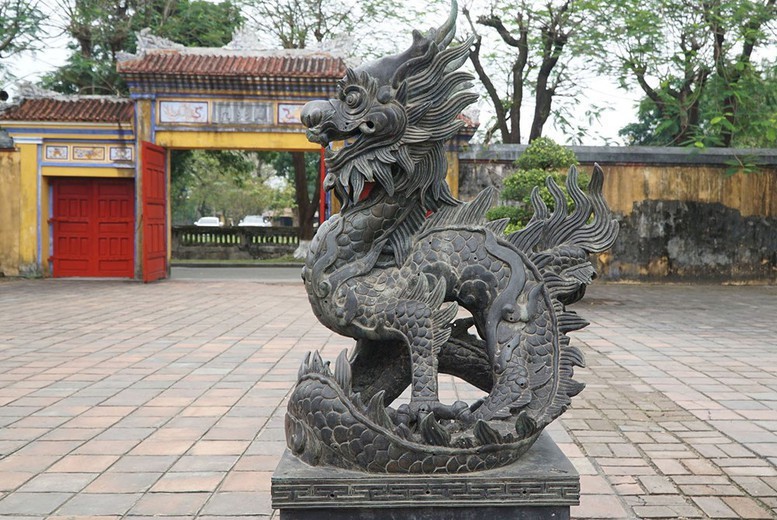
Recognition of 33 national treasures
Deputy Prime Minister Le Thanh Long signed Decision No. 1712/QD-TTg recognizing 33 national treasures (batch 13, 2024).
Specifically, 33 artifacts and groups of artifacts recognized as national treasures include:
1- Dak Son lithophone, dating: About 3,500 - 3,000 years ago; currently preserved at Dak Nong Provincial Museum.
2- Ceramic pot, period: Dong Son culture (about 2,500 - 2,000 years ago); currently kept at Pham Gia Chi Bao Private Collection, Ho Chi Minh City.
3- Vu Ban bronze drum, dating from Dong Son culture, 3rd - 2nd century BC; currently kept at Ha Nam Provincial Museum.
4- Dong Son bronze drum (Kinh Hoa Collection), dated: 3rd - 2nd century BC; currently kept at Nguyen Van Kinh Private Collection, Hanoi city.
5- Dong Son bronze drum (Hoang Long Collection), dated: 3rd - 2nd century BC; currently kept at Luong Hoang Long Private Collection, Hoi An city, Quang Nam province.
6- Dong Son bronze jar (Hoang Long Collection), dated: 3rd - 1st century BC; currently kept at Luong Hoang Long Private Collection, Hoi An city, Quang Nam province.
7- Lai Nghi gold jewelry collection, dating from 3rd century BC - mid-1st century; currently kept at Quang Nam Museum.
8- Lai Nghi animal-shaped agate beads, dating from 3rd century BC - mid-1st century; currently kept at Quang Nam Museum.
9- Bronze statue of Long Giao pangolin, dating from: 1st - 2nd century; currently kept at Dong Nai Museum.
10- Head of Linh Son Bac Buddha statue, dating from the 1st - 3rd century; currently kept at the Oc Eo Cultural Relic Management Board, An Giang province.
11- Go Cay Tram jar tomb, dated: 4th - 5th century; currently preserved at the Oc Eo Cultural Relic Management Board, An Giang province.
12- Statue of Avalokitesvara Bac Binh, dating from the 8th - 9th century; currently kept at the Binh Thuan Provincial Museum.
13- Relief of Shiva dancing in Phong Le, date: 10th century; currently preserved at the Museum of Cham Sculpture, Da Nang.
14- Uma Chanh Lo relief, date: 11th century; currently preserved at the Museum of Cham Sculpture, Da Nang.
15- Collection of Ly Dynasty phoenix heads, Thang Long Imperial Citadel, dating from the 11th - 12th centuries; currently kept at the Thang Long Heritage Conservation Center - Hanoi.
16- Six (06) Diamond Statues of Doi Son Pagoda, dating from the Ly Dynasty (1118 - 1121); currently preserved at Doi Son Pagoda, Tien Son Commune, Duy Tien Town, Ha Nam Province.
17- Linh Xung Pagoda stele, date: March 3, Binh Ngo year, Thien Phu Due Vu 7th year (reign of King Ly Nhan Tong, 1126); currently preserved at the National Museum of History.
18- Da Boi wooden plaque, date: November 25, year of Ky Ty, 12th year of Thieu Long era (1269); currently kept at the National Museum of History.
19- Dragon statue of Thap Mam, dating from the 12th - 13th century; currently kept at the Museum of Cham Sculpture, Da Nang.
20- Kala Nui Ba relief, dated: 14th century; currently kept at Phu Yen Provincial Museum.
21- Royal vase from the early Le Dynasty, Thang Long Imperial Citadel, date: 15th century; currently preserved at the Thang Long Heritage Conservation Center - Hanoi.
22- A pair of stone dragons forming the steps of Trich Sai communal house, dated: 15th century; currently preserved at Trich Sai communal house, Buoi ward, Tay Ho district, Hanoi city.
23- Collection of ceramics from Truong Lac Palace, Early Le Dynasty, Thang Long Imperial Citadel, dating from the 15th - 16th centuries; currently preserved at the Thang Long Heritage Conservation Center - Hanoi.
24- Stone gong of Dieu pagoda, date: Auspicious day, August, year of Nham Than, 13th year of Chinh Hoa era (reign of King Le Hy Tong, 1692); currently kept at Dieu pagoda, Vu Ban commune, Binh Luc district, Ha Nam province.
25- Pair of bronze statues, dated 17th century; currently kept at the Hanoi Museum.
26- Ngo Mon Bell of Minh Mang period, date: April 6, Minh Mang 3rd year (1822); currently preserved at Hue Royal Antiquities Museum, Hue Monuments Conservation Center.
27- Golden seal "Hoang De Chi Bao", date: March, 4th year of Minh Mang (1823); currently kept at Nam Hong Royal Museum, Bac Ninh province.
28- Relief from the Minh Mang period, year: 1829; currently kept at the Hue Royal Antiquities Museum, Hue Monuments Conservation Center.
29- Pair of dragon statues from the Thieu Tri period, year: 1842; currently kept at the Hue Royal Antiquities Museum, Hue Monuments Conservation Center.
30- Set of statues of the Three Patriarchs of Truc Lam, dating from the 19th century; currently worshiped at Vinh Nghiem Pagoda, Tri Yen Commune, Yen Dung District, Bac Giang Province.
31- Emperor Duy Tan's throne, date: Early 20th century; currently preserved at the Hue Royal Antiquities Museum, Hue Monuments Conservation Center.
32- Set of Nghe Temple metal artifacts, dating from the early 20th century; currently kept at Hai Phong Museum.
33- Three cars used to serve President Ho Chi Minh, dating from 1954 to 1969; currently kept at the President Ho Chi Minh Relic Site at the Presidential Palace.
The Deputy Prime Minister requested the Minister of Culture, Sports and Tourism, Chairmen of People's Committees at all levels where national treasures are located, Ministers, Heads of ministerial-level agencies, agencies under the Government, heads of sectors and organizations assigned to manage the above-recognized national treasures within the scope of their duties and powers to manage national treasures in accordance with the provisions of the law on cultural heritage./.
Source: https://baolangson.vn/chi-dao-dieu-hanh-cua-chinh-phu-thu-tuong-chinh-phu-ngay-2-1-2025-2-5033978.html



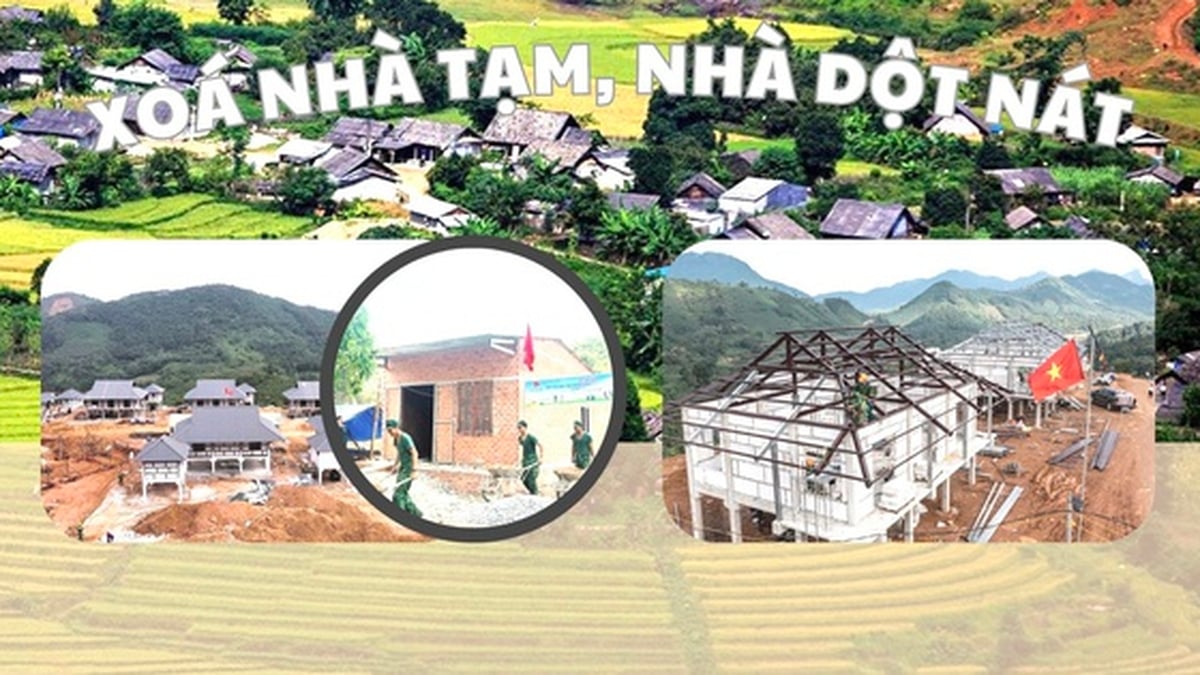
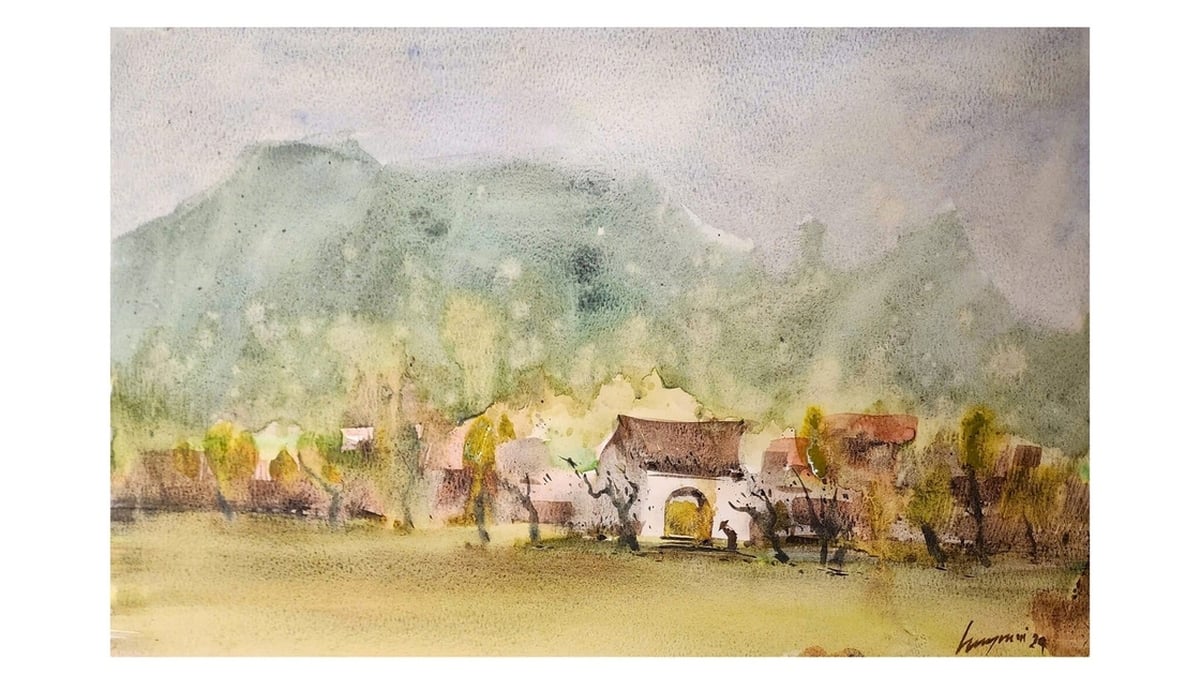
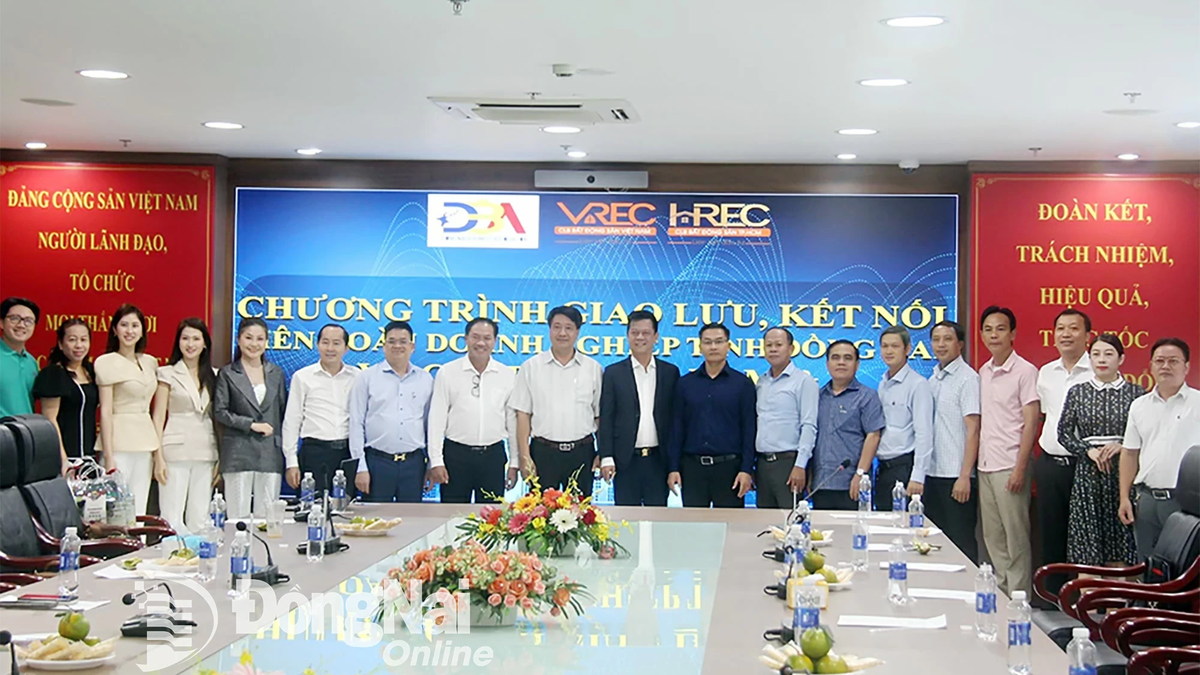
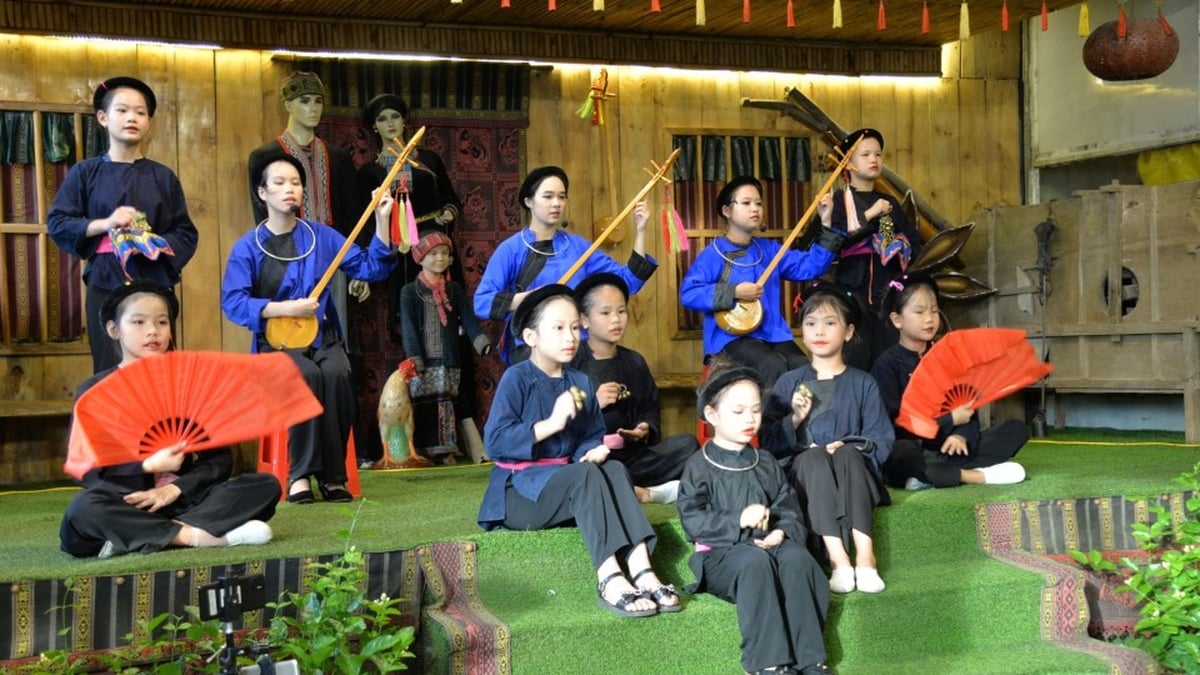
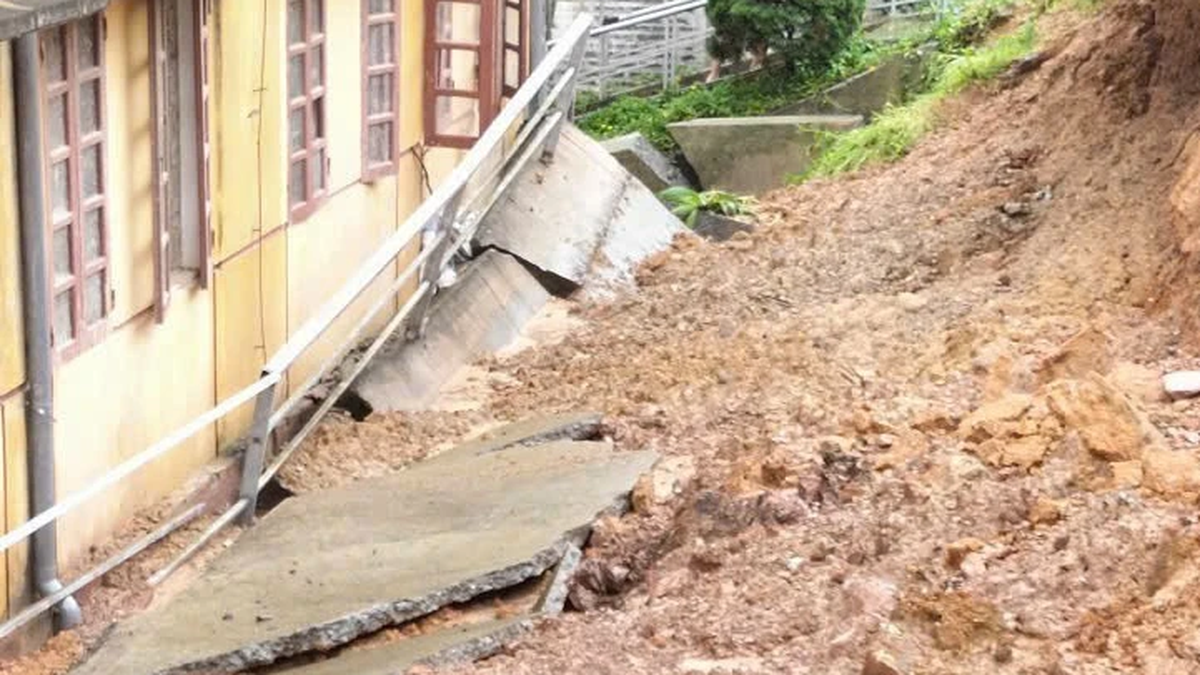
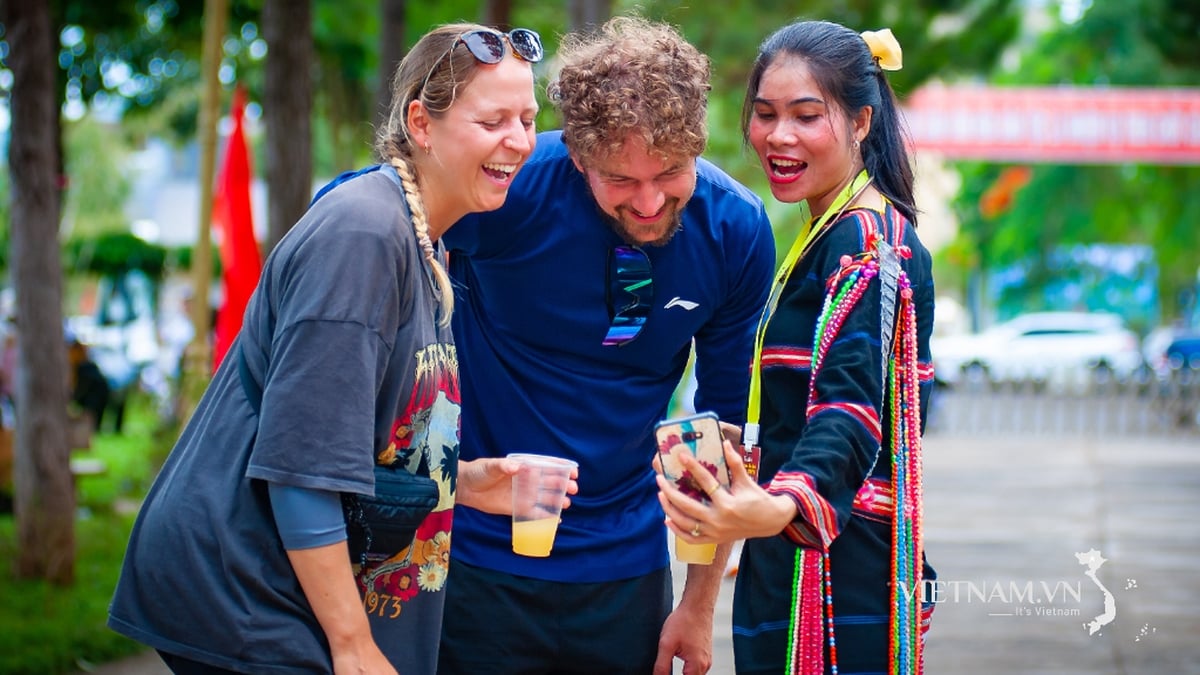
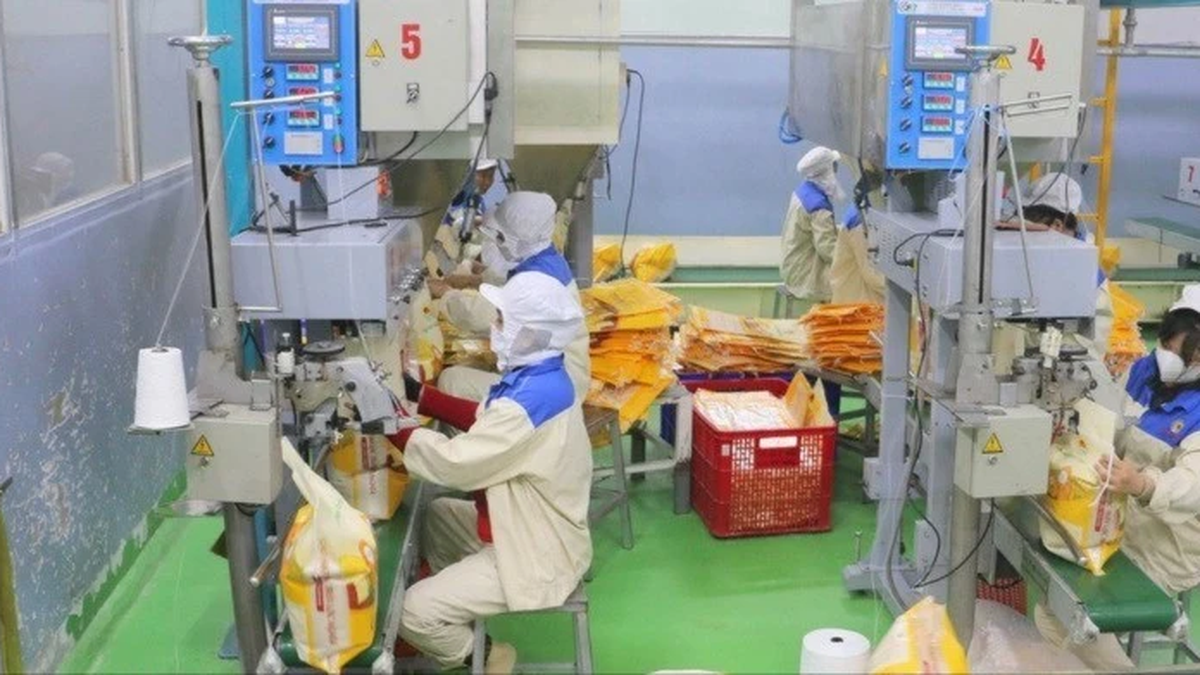















![[Photo] Signing of cooperation between ministries, branches and localities of Vietnam and Senegal](https://vphoto.vietnam.vn/thumb/1200x675/vietnam/resource/IMAGE/2025/7/24/6147c654b0ae4f2793188e982e272651)




![[Infographic] Vietnam-Senegal traditional friendship](https://vphoto.vietnam.vn/thumb/1200x675/vietnam/resource/IMAGE/2025/7/23/4c96a604979345adb452af1d439d457b)




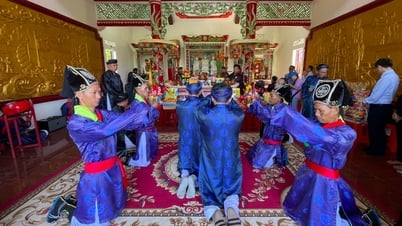

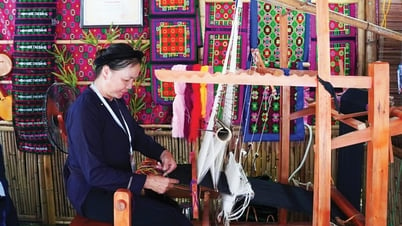

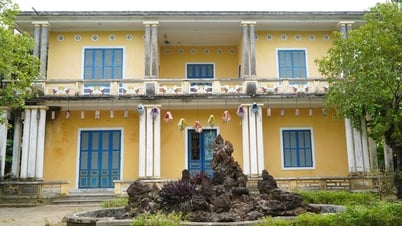

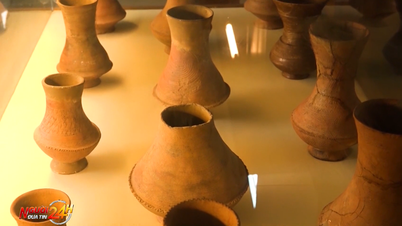

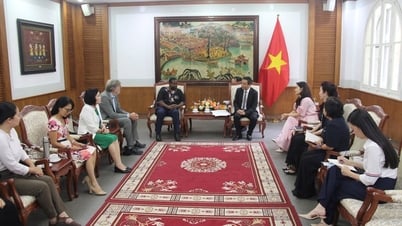






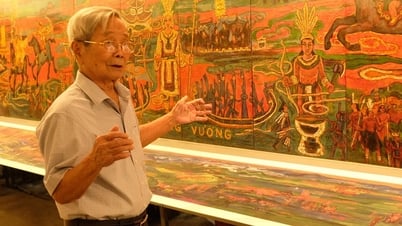

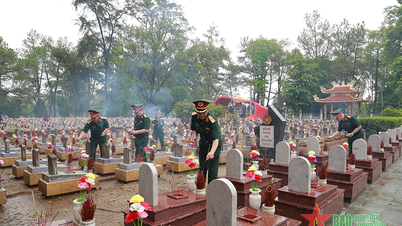






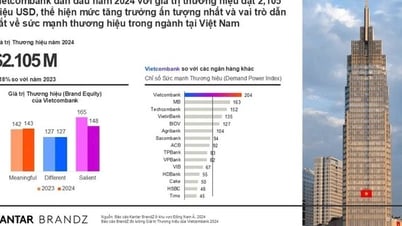



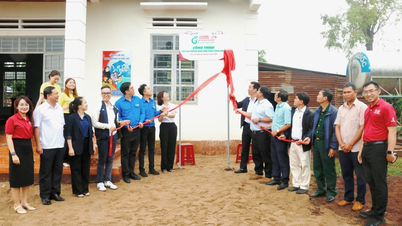

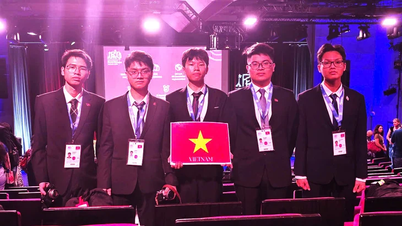



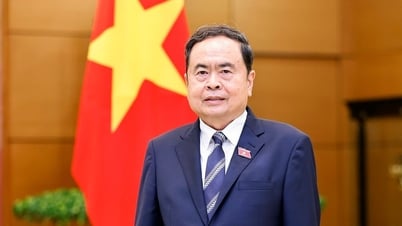


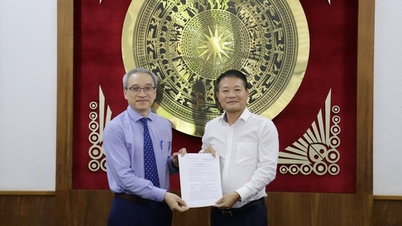

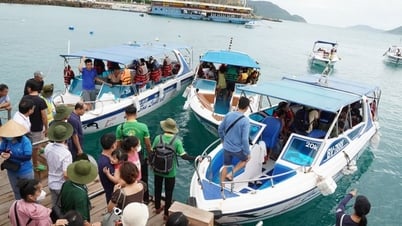

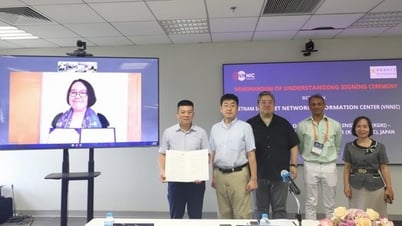

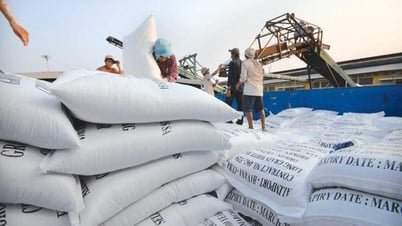









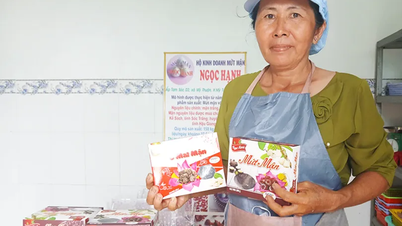





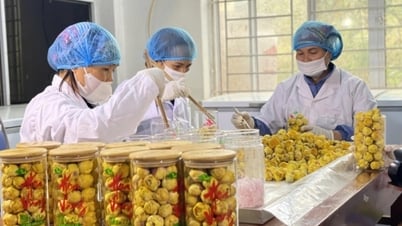

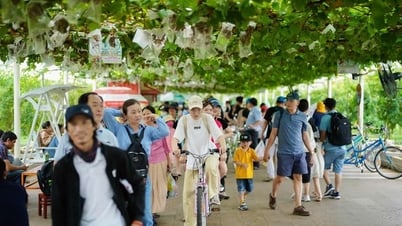




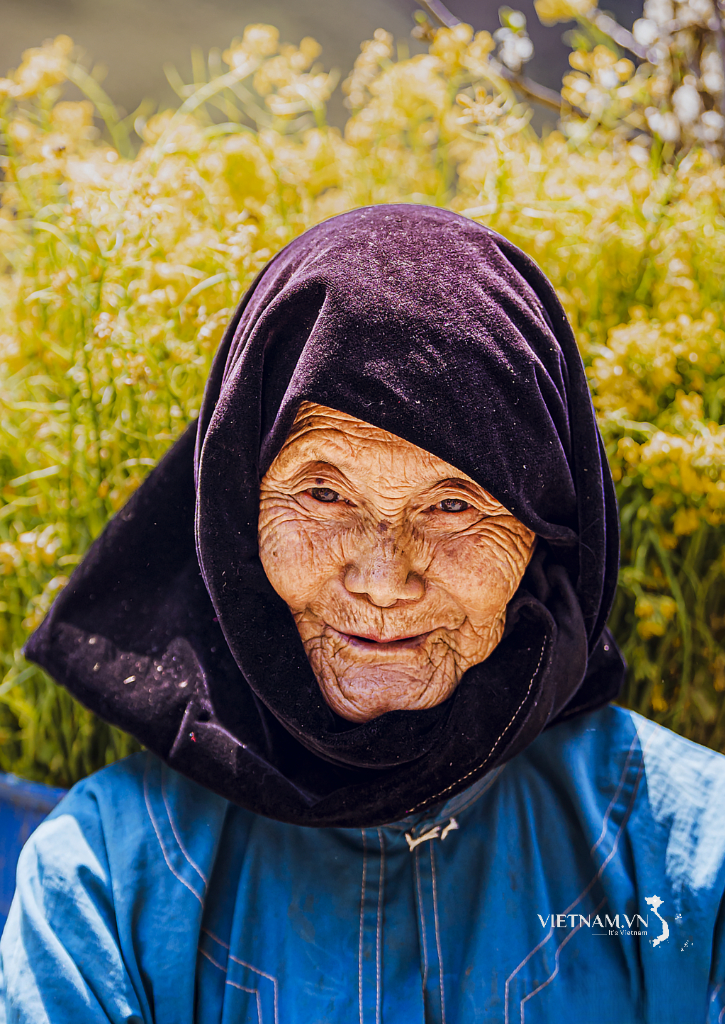
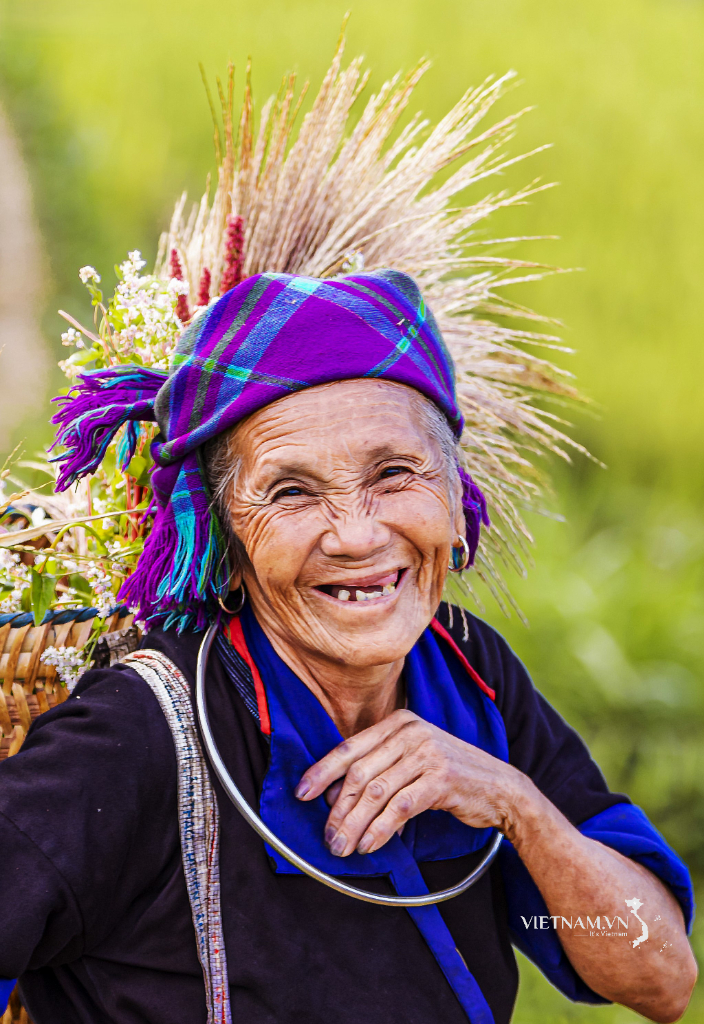

Comment (0)